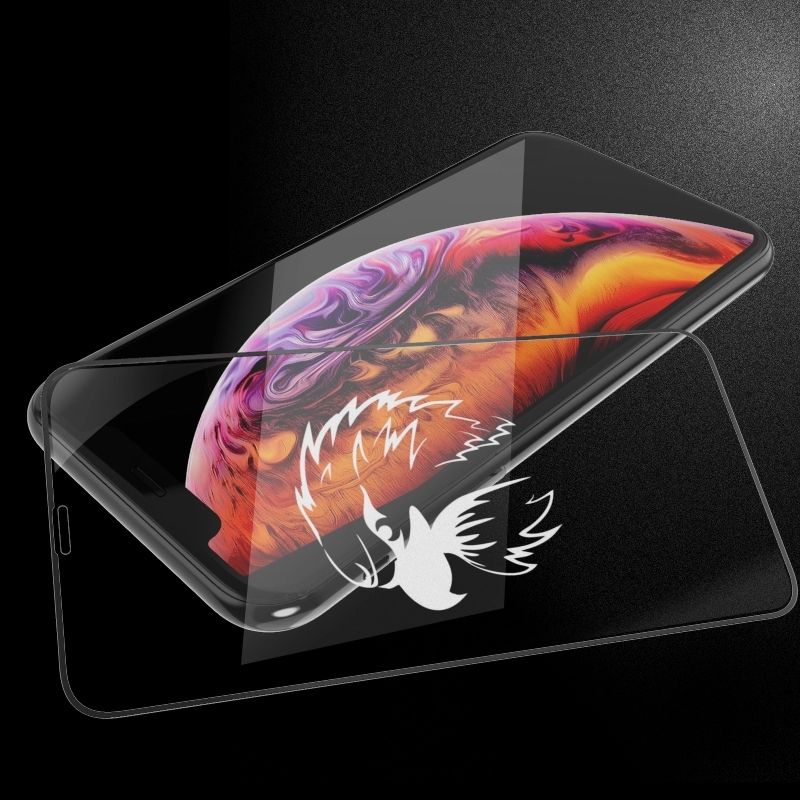

But what is right for your phone? Just remember, each phone has specific demands and not every screen protector is apt for every Smartphone screen. In the market, there will be numerous brands of tempered glass screen protectors who are offering various promises and specs to woo customers all over the globe. Yes, we are talking about tempered glass Screen Protector Maker. In order keep your phone safe and secure so that it can extend its lifeline one addition is a must for it. World of Smartphone is all about better specs, performance and longevity.

All different type Screen Protector-EXPLAIN.Screen Protector New Product and Models.Tempered Glass Screen Protector Packaging.With the protection provided by the screen protector, water will not easily penetrate and damage components inside the LCD screen. Water: water on the LCD screen can be fatal to the surface of the screen.If one are afraid to do cleaning, simply remove the dusty screen protector and replace it with a new one. Dust: Dirt adhering to the LCD screen is very difficult to clean because the LCD screen is a high sensitivity screen, with a protective film it is easy to clean the LCD screen.Some types can therefore allow more brightness to be used.

With a screen protector, everyone can see the LCD screen clearly and not be disturbed by the reflection of sunlight.

#XDESIGN PREMIUM TEMPERED GLASS SCREEN PROTECTOR CRACK#
At the same price, glass will resist scratches better than plastic, and feel more like the device's screen, though higher priced plastic protectors may be better than the cheapest tempered glass models, since glass will shatter or crack with sufficient impact force. Plastic screen protectors cost less than glass and are thinner (around 0.1 mm (0.004 in) thick, compared to 0.3 to 0.5 mm (0.012 to 0.020 in) for glass) and more flexible. Screen protectors are made of either plastics, such as polyethylene terephthalate (PET) or thermoplastic polyurethane (TPU), or of laminated tempered glass, similar to the device’s original screen they are meant to protect. Since then, the ubiquity of mobile-devices have seen the screen protector become more widely used. Therefore, screen protectors provided sacrificial protection from this damage. Since PDAs were often operated via a stylus, the tip of the stylus could scratch the sensitive LCD screen surface. Screen protectors first entered the mobile-device market after the rise of personal digital assistants (PDAs). The first screen protector was designed and patented by Herbert Schlegel in 1968 for use on television screens. A smartphone with a screen protector installedĪ screen protector is an additional sheet of material-commonly polyurethane or laminated glass-that can be attached to the screen of an electronic device and protect it against physical damage.


 0 kommentar(er)
0 kommentar(er)
